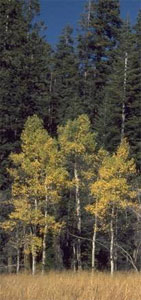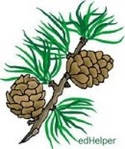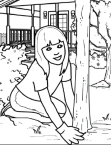By Ekaterina Zhdanova-Redman

|
Types of Trees
By Ekaterina Zhdanova-Redman |

|
 1 How many different kinds of trees can you think of? You noticed, of course, that they don't all look alike. Some trees are very tall and others are not; some trees start their branches from the ground while others don't even begin until they reach the height of a two-story house. How about the shapes of the leaves? Some trees even have needles instead of leaves.
1 How many different kinds of trees can you think of? You noticed, of course, that they don't all look alike. Some trees are very tall and others are not; some trees start their branches from the ground while others don't even begin until they reach the height of a two-story house. How about the shapes of the leaves? Some trees even have needles instead of leaves. |
Create Weekly Reading Books
Prepare for an entire week at once! |
| Leave your feedback on Types of Trees (use this link if you found an error in the story) |
 |
Plants Worksheets | edHelper.com
|
 |
Arbor Day Activities, Worksheets, Printables, and Lesson Plans
|
 |
Science
|